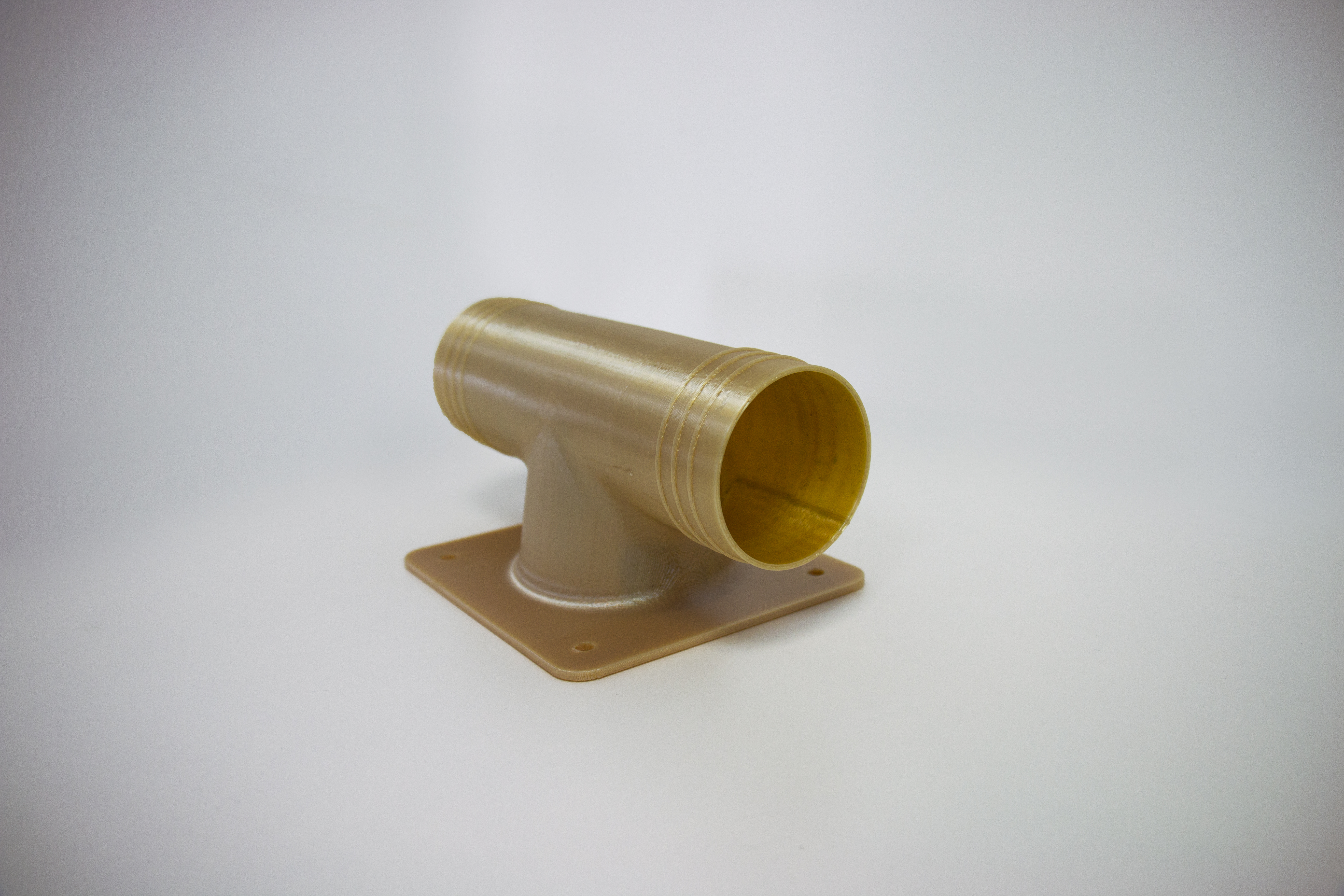Marshall Aerospace and Defence Group (ADG), a UK-based aircraft design and maintenance company, is using Stratasys Fortus 450mc to build tooling, functional and prototyping parts for aircraft.
Chris Botting, Materials, Processes and Additive Manufacturing Engineer at Marshall ADG, said, “FDM technology has altered the way we work, and the aerospace-grade 3D printers and materials enable us to meet our increasingly aggressive deadlines and complex manufacturing requirements.”
“In the future, there is no doubt that 3D printing will continue to have a significant impact in the way we design and manufacture in our business.”

Keeping aircraft in service
Marshall ADG was founded in 1909. It supports sixteen air forces around the world and has worked with the Royal Air Force for over a hundred years. The company has aerospace and defense contracts are with the Royal Netherlands Air Force, Swedish Air Force, and many others.
In addition to this, Marshall ADG is a joint partner in the Hercules Integrated Operational Support (HIOS) program, along with the UK Ministry of Defence, Rolls-Royce, and Lockheed Martin. The purpose of the program is to support the Royal Air Force C-130J fleet.
With the acquisition of Stratasys 3D printers, additive manufacturing has been supplemented to Marshall ADG’s repair and maintenance operations. Botting said, “Before committing to expensive aluminum machining, we used the Fortus 450mc to 3D print a prototype in ASA material.”
On the benefits of using the 3D printer, Botting continued, “It enabled us to create an accurate working prototype of a complex component. We were then able to demonstrate it had the potential to be 3D printed in Nylon 12 material as opposed to the more conventional method of machining from aluminum.”
“The 3D printed duct led to a significant cost reduction compared to machining the part out of aluminum, as well as a 63% reduction in overall weight.”

Stratasys, 3D printing, and aerospace
3D printing is among the most widely used technologies in the aerospace industry. Use cases include 3D printed fuel nozzle by GE and Air New Zealand 3D printing a part on-demand to put its grounded Boeing 777-300ER back into service within hours.
Furthermore, the use of Stratasys’ FDM 3D printers in the transportation industry has often been reported. For examples, recently, Siemens Mobility installed a Stratasys 450mc at its digital rail maintenance center. And last month Bombardier Transportation acquired an F900 3D printer for prototyping and producing functional parts for trains and trams. The parts will be produced with the engineering-grade ULTEM 9085 material.
Marshall ADG will use the same material to 3D print aircraft interiors. Botting said, “we’re using the Stratasys Fortus 450mc FDM Printer and ULTEM 9085 resin – a tough, yet lightweight 3D printing material with high thermal and chemical resistance.”
“This has been crucial to overcoming the stringent requirements of our industry, as we can now 3D print parts with the desired flame, smoke and toxicity properties for use on aircraft interiors.”
To learn more about additive manufacturing in the aerospace industry, subscribe to our 3D printing newsletter and join us on Facebook and Twitter.
Visit our 3D Printing Jobs page to start a career in manufacturing.
Featured image shows a flight approved 3D printed air duct for air conditioning. Image via Stratasys.

